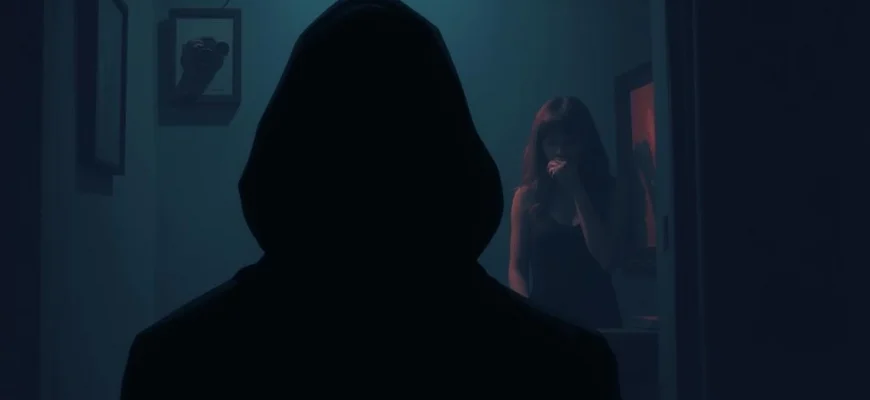If you were captivated by the unsettling psychological depth and voyeuristic tension of 'Peeping Tom' (1960), you're in for a treat. This article explores 10 similarly chilling movies and shows that delve into obsession, fear, and the dark side of human curiosity. Whether you're a fan of psychological thrillers or classic horror, these picks will keep you on the edge of your seat.

The Cabinet of Dr. Caligari (1920)
Description: A pioneering work of psychological horror, featuring distorted realities and a narrative that questions sanity and authority.
Fact: The film's expressionist sets, with their sharp angles and exaggerated designs, heavily influenced the visual style of later horror films.
 Watch Now
Watch Now 
M (1931)
Description: A psychological crime drama that delves into the mind of a disturbed individual and society's response to his actions.
Fact: The film's use of sound, particularly the killer's whistling, was groundbreaking in early sound cinema.
 Watch Now
Watch Now 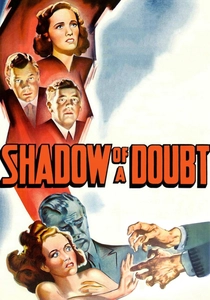
Shadow of a Doubt (1943)
Description: A suspenseful tale of hidden malevolence beneath a seemingly idyllic surface, focusing on psychological tension and familial betrayal.
Fact: The film's small-town setting was based on the director's own childhood experiences, adding a layer of personal authenticity.
 Watch Now
Watch Now 
Diabolique (1955)
Description: A psychological thriller with themes of deception, guilt, and the blurred line between victim and perpetrator.
Fact: The film's twist ending was so shocking that audiences were asked not to reveal it, a rare marketing tactic at the time.
 Watch Now
Watch Now 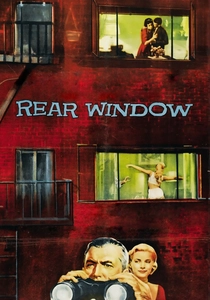
Rear Window (1954)
Description: Centers on voyeurism and the moral implications of watching others, blending suspense with psychological depth.
Fact: The entire film was shot on a single set designed to mimic a real apartment complex, enhancing the claustrophobic atmosphere.
 Watch Now
Watch Now 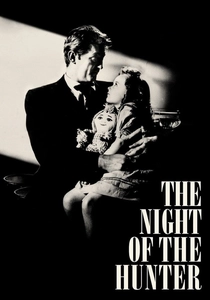
The Night of the Hunter (1955)
Description: A chilling exploration of good versus evil, with a charismatic yet sinister antagonist and themes of psychological terror.
Fact: The film's striking visual style, including its use of shadows and silhouettes, was inspired by German Expressionism.
 Watch Now
Watch Now 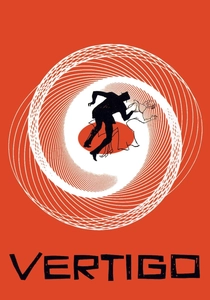
Vertigo (1958)
Description: Delves into obsession, identity, and psychological manipulation, featuring a protagonist whose reality becomes increasingly distorted.
Fact: The film's innovative dolly zoom technique, used to simulate vertigo, has been widely imitated in cinema.
 Watch Now
Watch Now 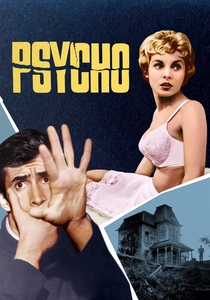
Psycho (1960)
Description: Explores themes of voyeurism, psychological disturbance, and the dark side of human nature, with a focus on a deeply troubled protagonist.
Fact: The shower scene is one of the most famous and analyzed sequences in film history, using rapid cuts to create tension without explicit violence.
 Watch Now
Watch Now 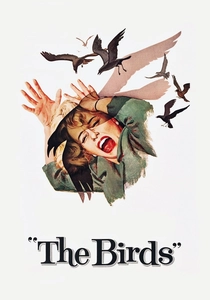
The Birds (1963)
Description: Examines unexplained terror and the breakdown of societal norms, with a focus on psychological tension and suspense.
Fact: The bird attacks were created using a combination of real birds, mechanical models, and innovative special effects for the time.
 Watch Now
Watch Now 
The Tenant (1976)
Description: Focuses on paranoia, identity crisis, and the protagonist's descent into madness within an oppressive environment.
Fact: The film's unsettling atmosphere was achieved through distorted perspectives and eerie sound design.
 Watch Now
Watch Now 
